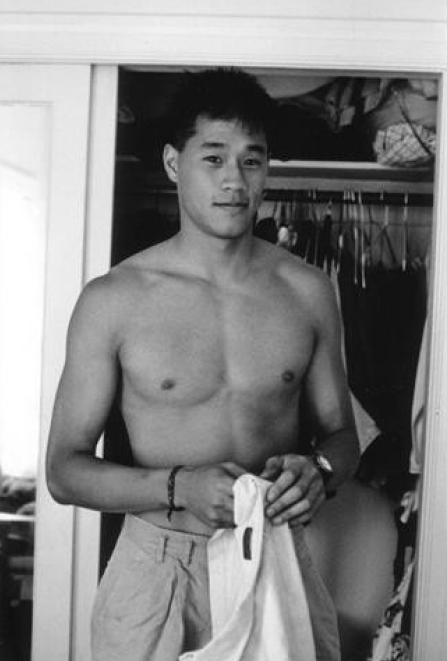The Bridge
Starting from the time when I was in high school in Salt Lake City, Utah, through my college years at Berkeley, and even while in pediatric residency at Oakland Children’s Hospital, I struggled to understand the link between the material learned in books and the needs of the world around me. What was the glue? What was my role? Why was I having such difficulty drawing the connection?
Well I’ve just decided the third good thing about becoming old(er). There are only three: 1) Access to a large(r) community of learning and support, aka connections. 2) Confidence about knowing what is bullshit pretty much as soon as you step in it, and 3) Having the ability and confidence to act on what you believe.
Next time you are mean to an old person, remember they were once young





